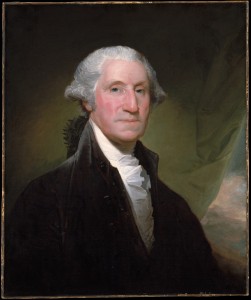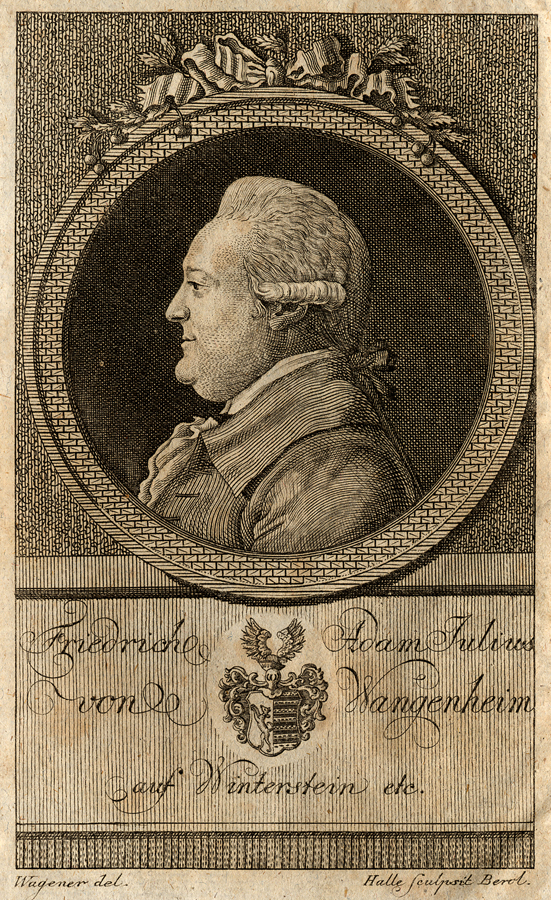 George Washington referred to pecans as Illinois nuts. His troops mentioned in their letters of his fondness for carrying pecans in his pocket to snack on. Washington’s love of pecans led to their planting at Mt. Vernon, the nuts gifts from another pecan aficionado, Thomas Jefferson. The name Illinois nut seems almost sacrilegious given the prominence of pecans in Southern culture. Of course in terms of our pride it is best to ignore that the native range of pecans extends well outside of the South as far north as Illinois. We should also go ahead and ignore the scientific name Carya illinoinensis.
George Washington referred to pecans as Illinois nuts. His troops mentioned in their letters of his fondness for carrying pecans in his pocket to snack on. Washington’s love of pecans led to their planting at Mt. Vernon, the nuts gifts from another pecan aficionado, Thomas Jefferson. The name Illinois nut seems almost sacrilegious given the prominence of pecans in Southern culture. Of course in terms of our pride it is best to ignore that the native range of pecans extends well outside of the South as far north as Illinois. We should also go ahead and ignore the scientific name Carya illinoinensis.
The scientific name of the pecan tree was given by Friedrich Adam Julius von Wangenheim, a mercenary Hessian in the British Service during the Revolution. When not warring, he was a botanist giving scientific names to several North American plants. Wangenheim gave pecans their scientific name based on a descriptions of plants growing in a nursery in Long Island, New York. The seed for those trees came from traders in route from Illinois. In fact when Wangenheim conducted his work the southern distribution of pecans was not even known. Thus calling pecans the Arkansas Nut, Louisiana Nut, or the Southern Nut would indeed been odd.
Given the current knowledge, Wagenheim gave pecans the name Juglans illinoinensis placing it with the walnuts and hickories. Later botanists realized that hickories were distinctive from walnuts, giving hickories species the genus name of Carya. As the pecan is actually a type of hickory, albeit a unique one, pecans became Carya illinoinensis.
 The many and shifting names of pecan doesn’t stop with Carya, confusion also existed whether the scientific name was actually illinoensis or illinoinensis. Oensis or Oinensis? Most horticulturists and authoritative councils on such maters like the American Society of Horticultural Scientists and the Crop Advisory Committee preferred the shorter illinoensis spelling. Indeed, earlier botanists in the 1940’s argued that Waggenheim’s original spelling was a typographical error
The many and shifting names of pecan doesn’t stop with Carya, confusion also existed whether the scientific name was actually illinoensis or illinoinensis. Oensis or Oinensis? Most horticulturists and authoritative councils on such maters like the American Society of Horticultural Scientists and the Crop Advisory Committee preferred the shorter illinoensis spelling. Indeed, earlier botanists in the 1940’s argued that Waggenheim’s original spelling was a typographical error
L.J. Grauke recognized the confusion in the name. L.J., a research horticulturalist with Texas A&M, is a pecan pundit with a list of pecan publications as big as the state of Texas. L.J. is the person who could sort out this naming business. Within the International Botanical Congress is the Standing Committee for Stabilization of Nomenclature, a botanical Supreme Court that sets lengthy guidelines governing the scientific names of plants. In 1987, L.J. submitted a written proposal, Proposal 808, to this group to cement the shorter and preferred illnoiensis as the official name for pecans. Proposal 808 was rejected in a vote of 11 to 4. The ruling? The first scientific name always takes precedent despite the economic or commercial ramifications. Thus pecans will forever be Carya illinoinensis.
